
Some commercial breweries, such as Cantillon (whose barrels are shown here), are dedicated to producing sour beers. You can produce sour beers at home without giving up the brewing of non-sour beers.
Sour beers evoke a strong response in homebrewers. Some absolutely love them, others couldn’t be more put off. In my experience, there are relatively few brewers who are on the fence when it comes to enjoying sour beers. Among sour beer lovers, however, there are some who are leery of brewing them at home. This is almost always due to worries over having their equipment forever contaminated once they let the sour “bugs” into their brewery. As someone who has brewed many sour beers, I’d like to relate what I know about cleaning and sanitizing when brewing sour beers — mostly that the wild yeasts and bacteria that make sour beers sour can be controlled with proper cleaning and sanitation. If you can brew a hefeweizen, and your next beer doesn’t turn out to be a hefe-weizen, you can brew a sour beer and not have your subsequent beers be contaminated.
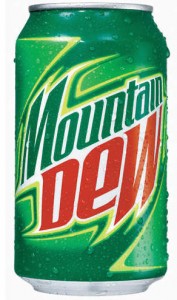

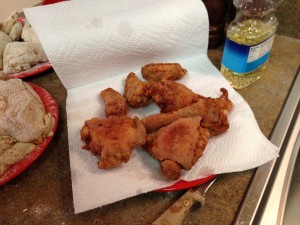

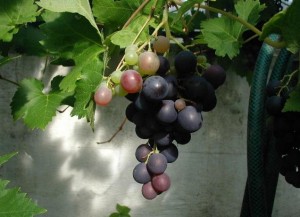
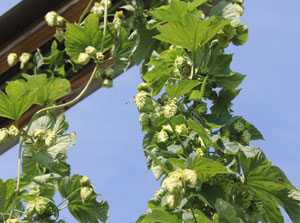
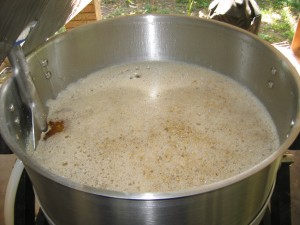


Recent Comments